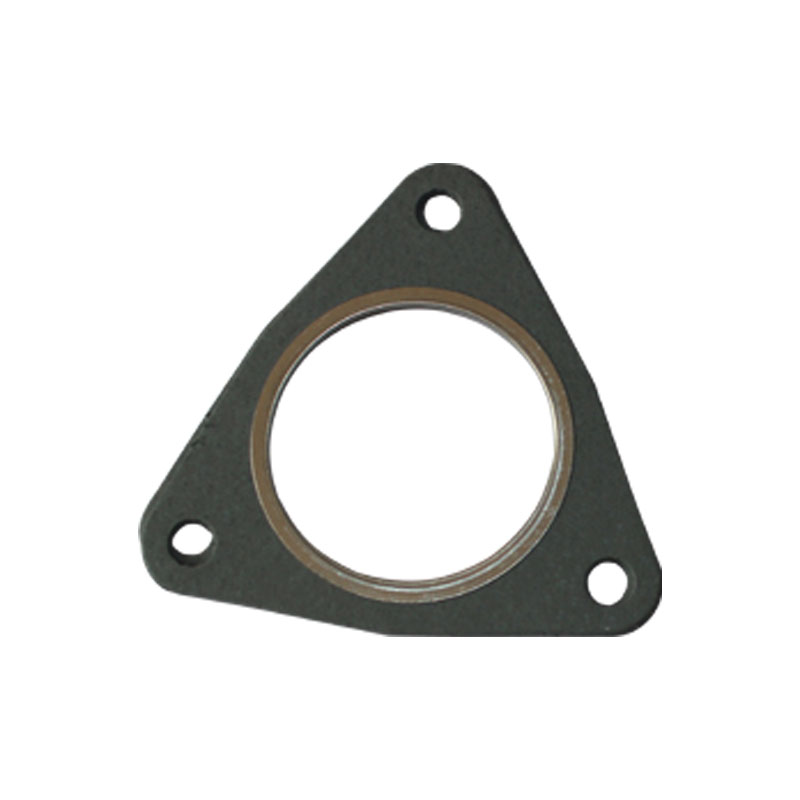shaft seal types
Understanding Shaft Seal Types
Shaft seals are essential components in machinery and equipment that prevent fluid or gas leakage along rotating shafts. They play a critical role in maintaining the efficiency and reliability of various systems, including pumps, motors, and gearboxes. This article delves into the different types of shaft seals, their applications, advantages, and key considerations for selection.
1. Mechanical Seals
Mechanical seals are one of the most common types used in industrial applications. They consist of two flat surfaces one attached to the stationary part of the equipment and the other to the rotating shaft. When the motor operates, the rotating surface makes contact with the stationary surface, forming a seal that prevents leaks. Mechanical seals are often used in pumps and compressors and offer high reliability and low maintenance.
Advantages - Excellent sealing capabilities under high pressure and temperature. - Reduced risk of leaks compared to traditional packing seals. - Long operational life when properly maintained.
2. Lip Seals
Lip seals, also known as oil seals or radial seals, are designed to keep lubricants in and contaminants out. They feature a flexible lip that presses against the shaft to create a seal. Lip seals are often used in automotive and industrial machinery, including gearboxes and wheel bearings.
Advantages - Simple design and ease of installation. - Effective in preventing dirt and moisture ingress. - Cost-effective choice for many applications.
3. Packing Seals
shaft seal types

Packing seals utilize compressible packing material placed around the shaft. As the shaft rotates, the packing material compresses to create a seal. This type is commonly found in older machinery and applications where the shaft may not rotate at high speeds.
Advantages - Easy to install and replace. - Low cost and effective for lower-speed applications. - Can be adjusted during operation to mitigate leaks.
4. Diaphragm Seals
Diaphragm seals act as barriers between the process fluid and the environment, using a flexible diaphragm to isolate the media. They are typically used in applications where contamination of the fluid must be avoided, such as in food processing and pharmaceuticals.
Advantages - Prevent contamination of the process fluid. - Suitable for high-pressure applications. - Can handle corrosive and hazardous materials effectively.
Selecting the Right Shaft Seal
Choosing the appropriate type of shaft seal is crucial for the longevity and efficiency of equipment. Factors to consider include the operating conditions (temperature and pressure), the type of fluids being sealed, the speed of the shaft, and the potential for contamination. Moreover, the ease of installation and maintenance should also inform the selection process.
Conclusion
Shaft seals are integral in various applications across multiple industries. Understanding the different types available and their respective benefits can lead to more effective machinery operation and reduced costs associated with leaks and maintenance. By selecting the right seal type, businesses can enhance the reliability and efficiency of their equipment, ultimately contributing to their overall operational success.
-
What You Need to Know About Oil Drain Plugs and Their Costs
News May.12,2025
-
Solving Common Issues with a Leaking Drain Plug
News May.12,2025
-
How to Fix Common Oil Pan Drain Plug Issues
News May.12,2025
-
Everything You Need to Know About Flat Seal Gaskets and Rings
News May.12,2025
-
Choosing the Right Washer for Your Oil Drain Plug
News May.12,2025
-
Choosing the Right Drain Plug for Your Oil Change Needs
News May.12,2025
-
The Ultimate Guide to Building a Car Repair Kit Every Driver Should Own
News May.09,2025
Products categories















